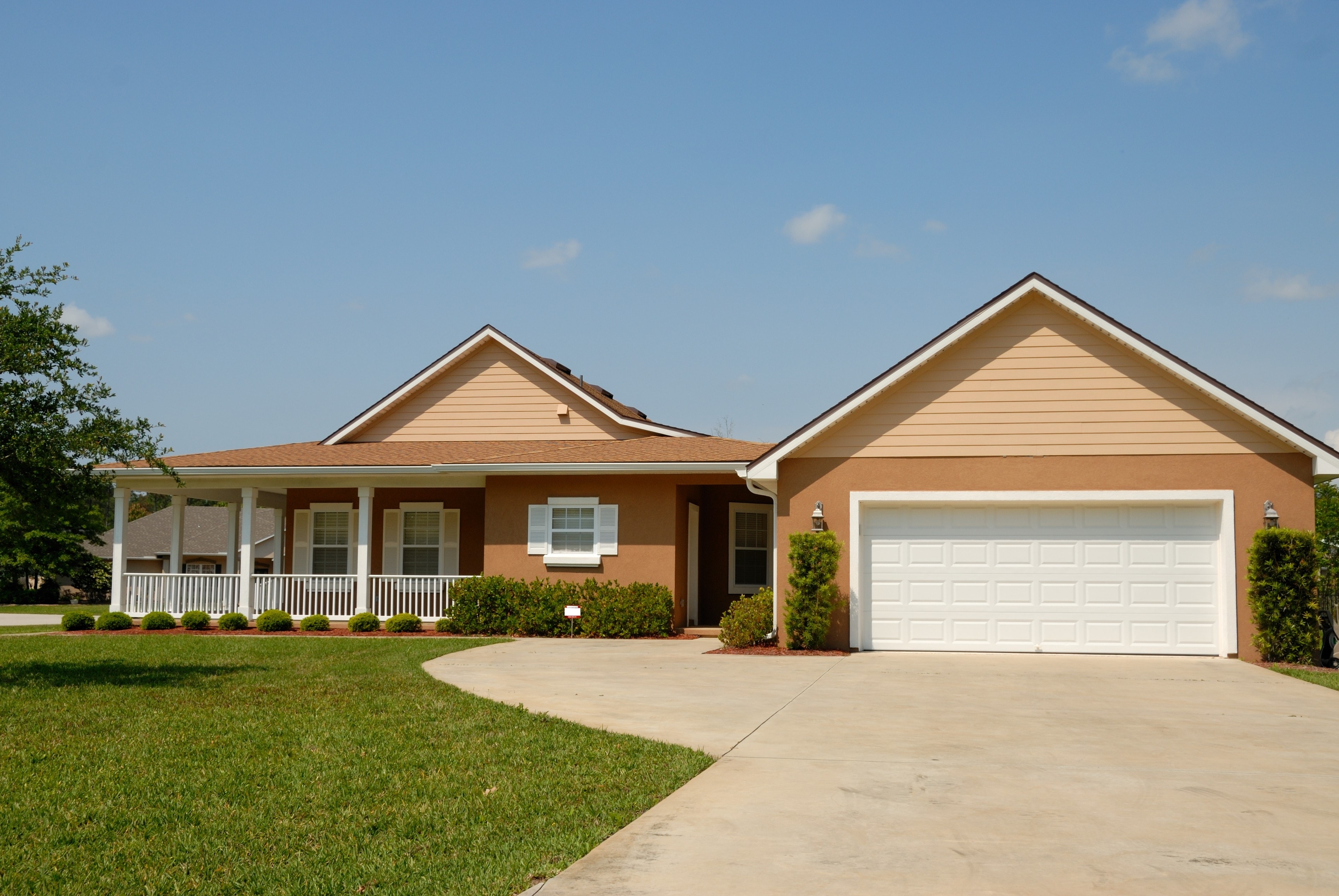The roof, together with the walls, forms the most important structures of the houses because they are what protect us from external agents. In the special case of covers, they protect our families from the sun, rain, and different weather conditions.
Traditional basic tile
The traditional house tile is ceramic or clay. Its shape is curved and elongated, and to place it, they must overlap each other so that it becomes a perfect puzzle. The one in front over the back and between rows, one-stop naturally and the other turned over.
So they make a structure that allows isolation from the water. When falling to the sides of the tile, the liquid runs through the kind of channel formed by those that are upside down.
Among its advantages, apart from the easy installation, is the little maintenance that it requires and the resistance to heat and fire. However, it is not very resistant to weight or shocks, so they tend to break easily.
Roman tile
These tiles for house roofs, also made of clay or ceramic, are differentiated by their enamelled finish and a different shape from the previous one. It has a kind of fin that allows them to be placed in an orderly way without the need to turn some of them so that the water runs.
Its cost is higher, but due to the shape, much less material is needed than if a traditional tile roof is covered.
Due to the enamel applied to it, its color varies from one to another; this allows absorption of the sun’s rays and heat. Also, this enhances its resistance to water and other climatic factors such as temperature changes.
Wales tile or flat
Same material, different design. This model is much more elegant and gives a much better visual appearance, neat and tasteful. These are square and flat, with thick lines that allow rainwater to fall.
They are a little more resistant than the previous ones. They are thicker and stable because they do not have curvature. It is an easy tile to install and, like Roman tiles, requires less material to assemble the complete roof.
Concrete tiles
Among the roof tiles models, these are ideal for cold and snowy climates, as they are more resistant to frost and winds. This is because they have greater weight and mechanical resistance; also, they absorb water better.
Also, its price is lower than that of ceramic tiles. The average life of fifty years is calculated, as long as basic roof care is applied.
They can be purchased in different colors, depending on the client’s taste and the type of cover you are looking for.
Wooden shingles
Wood shingles add a rustic and cozy look to any home. Installed correctly, they are great protection for the house, since it is an excellent thermal insulator.
They are very easy to install and are an environmentally friendly product. Since it can be reused or, in case of being discarded, they are considered organic waste.
Fungi and natural agents can affect the material, but there is the possibility of giving it an antifungal treatment that protects it.
Its disadvantage is that it needs constant maintenance. And they need to be replaced much more often than when other materials are used. This makes it an expensive and inconvenient option in many cases.
Arab tiles
Also known as ridged or bumpy tiles due to their characteristic truncated shape, that is, with a pronounced curvature. It is used only for sloping roofs as it lets rainwater run very easily.
They are made of baked clay.

